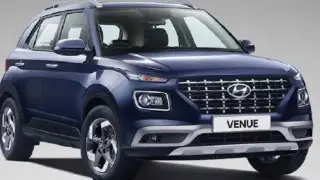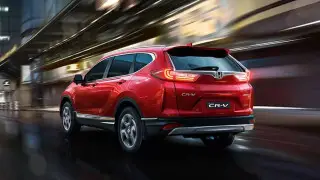
Civilian Vehicles on the Frontline: How SUVs and Pickups Became Modern War Assets (Source: Meta AI)
In a remarkable shift from traditional military hardware, Iran and Israel have both repurposed unassuming civilian vehicles for warfare. The conflict zone has seen SUVs and 4×4 pickups armored and equipped with weapon systems, enabling mobile, low-cost frontline deployment. Recently released field footage shows Toyota Hilux trucks fitted with rocket launchers in Iran, while Israel deploys armored SUVs for troop transport and reconnaissance.
One Iranian commander told local media that these vehicles offer speed, simplicity, and adaptability compared to heavier, costlier tanks. They can maneuver through urban terrain with less scrutiny and are easily repaired using civilian parts. Israel similarly values the stealth these modified SUVs provide, as they blend into civilian traffic, reducing vulnerability to enemy airstrikes.
This trend reflects a broader military strategy emphasizing flexibility over firepower. The DIY creation of improvised combat vehicles—sometimes called “technicals”—is not new, but what distinguishes this current wave is the level of engineering precision. Undercover workshops, often disguised as body‑shops, are supplying frontline units with reinforced chassis, gun mounts, and blast-resistant plating.
Such vehicles are cheaper and faster to produce than tanks or APCs. They also allow forces to distribute firepower across numerous small units rather than concentrating it in high-value assets. In a time-sensitive conflict environment, that distributed power approach offers both tactical and logistical advantages.
Video from the Israeli side shows SUVs fitted with sensors and drones, acting as mobile command posts. These are used to direct mortar strikes and gather battlefield data in real time. Meanwhile, Iranian pickup‑mounted launchers have successfully targeted border positions, changing front-line dynamics with sudden, unpredictable strikes.
By embracing hybrid warfare tactics, both nations are adapating to a new kind of asymmetrical combat—where speed, stealth, and networked capability can outweigh raw armored power. These vehicles act as both shields and strike platforms, bridging the tactical gap between infantry and armored forces.
The environmental costs are substantial, too. Civilian parts wear down faster under combat conditions, and roadside bomb resistance is limited. Yet, low cost and high mobility continue to make these converted vehicles attractive for irregular warfare. Support personnel can swap standard tires or engine parts in hours, reducing downtime and keeping forces in action.
Urban operations are particularly suited to this approach. Narrow streets, civilian populations, and improvised defenses often render heavy armor less practical. In contrast, SUVs pack enough payload to carry heavy weapons while remaining agile and discreet.
On both sides, counter‑measures are developing. Drones are being used to scout and mark these vehicles, while electronic warfare units attempt to intercept their command signals. Some analysts warn of escalation if these mobile platforms start carrying heavier weapons, like antiship missiles or electronic jamming gear. What's clear is that warfare is evolving—not just through drone swarms or cyber attacks, but also via the humble civilian vehicle. The borderlands between Iran and Israel are seeing a tactical renaissance where simplicity, improvisation, and rapid iteration define combat readiness—not just firepower.













Copyright © 2025 Top Indian News
